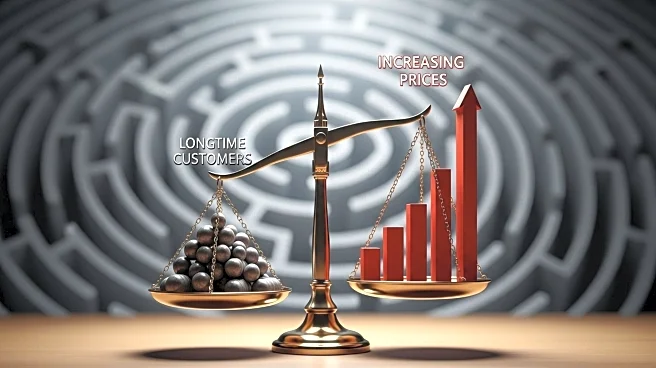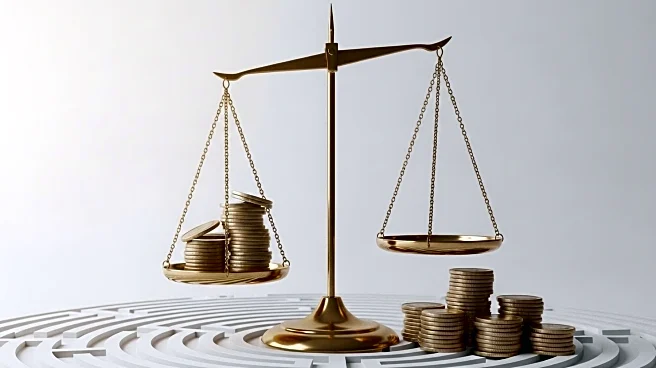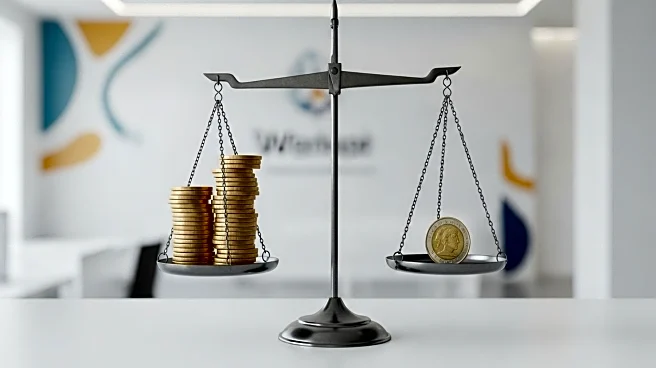What's Happening?
A recent analysis highlights a growing trend where companies, including airlines, banks, and internet providers, are charging longtime customers more than new ones, undermining consumer loyalty. This phenomenon, known as the 'loyalty penalty,' sees companies leveraging switching costs and limited competition to retain customers while increasing prices. Despite the perception of loyalty programs offering benefits, many consumers find themselves paying more over time, with perks like frequent flyer miles and credit card rewards losing value. Experts argue that this coerced loyalty results from barriers that prevent consumers from switching providers, such as financial penalties and procedural hurdles.
Why It's Important?
The erosion of consumer loyalty has significant implications for both businesses and consumers. For businesses, relying on switching costs rather than genuine customer satisfaction can lead to a loss of trust and brand reputation. Consumers, on the other hand, face financial disadvantages and reduced service value. This trend reflects broader economic challenges, where market competition is stifled, and consumers are left with fewer choices. The situation calls for regulatory scrutiny and potential reforms to ensure fair pricing and competition, ultimately benefiting consumers by encouraging businesses to prioritize customer satisfaction over profit maximization.
What's Next?
As consumer awareness of the loyalty penalty grows, there may be increased pressure on companies to revise their pricing strategies and loyalty programs. Regulatory bodies could also step in to address anti-competitive practices and ensure transparency in pricing. Consumers are encouraged to actively seek better deals and negotiate with service providers to avoid paying the loyalty penalty. This shift could lead to a more competitive market environment, where businesses are incentivized to offer genuine value to retain customers.











